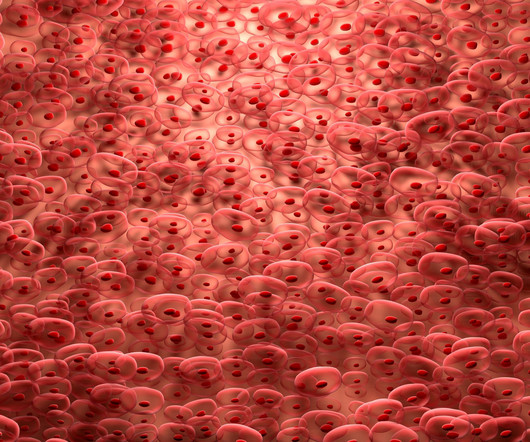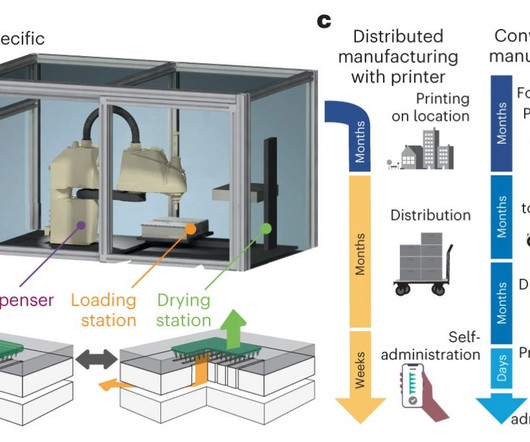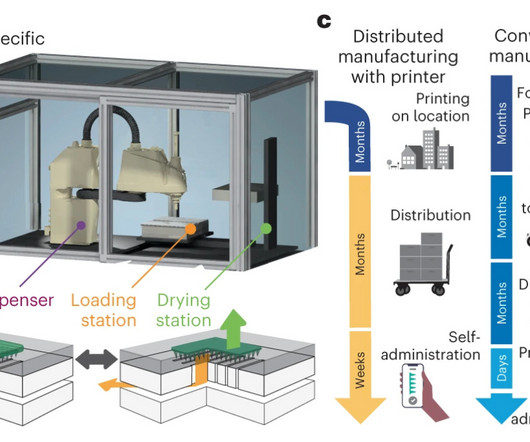Cell and gene therapy development moves into cardiac indications
Drug Target Review
OCTOBER 2, 2024
Cell and gene therapies (CGTs) have made significant advancements in treating oncological diseases, with therapies like CAR-T cell treatments transforming cancer care. However, cell-based therapies are intended to leverage those healthy cells via transplant to regenerate damaged tissue.
















Let's personalize your content